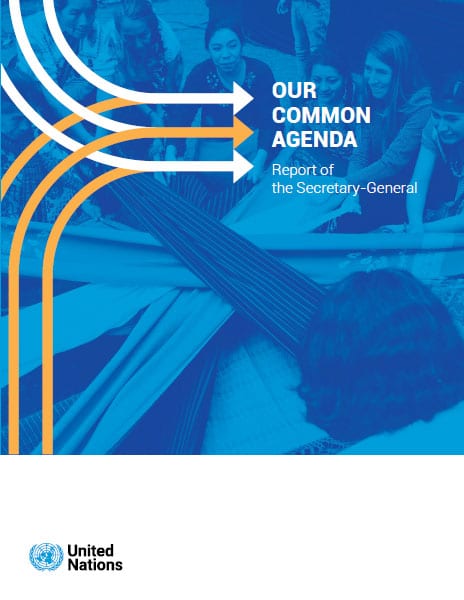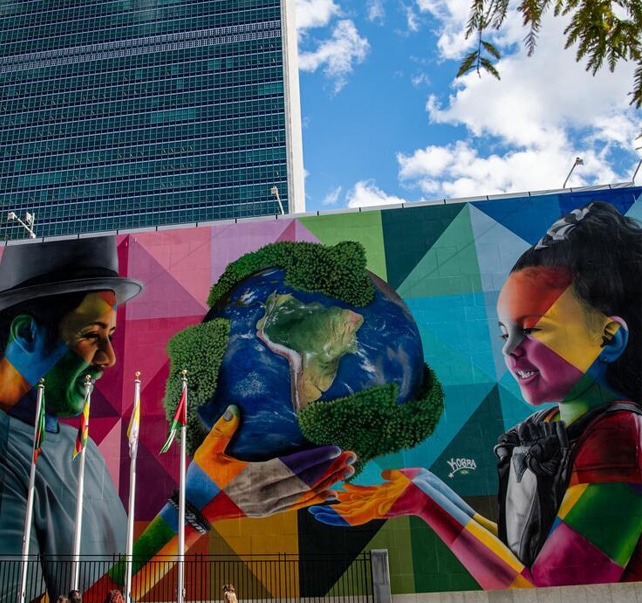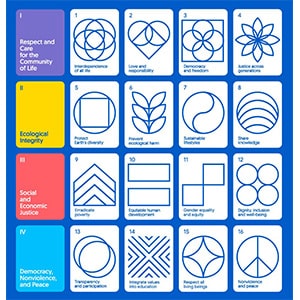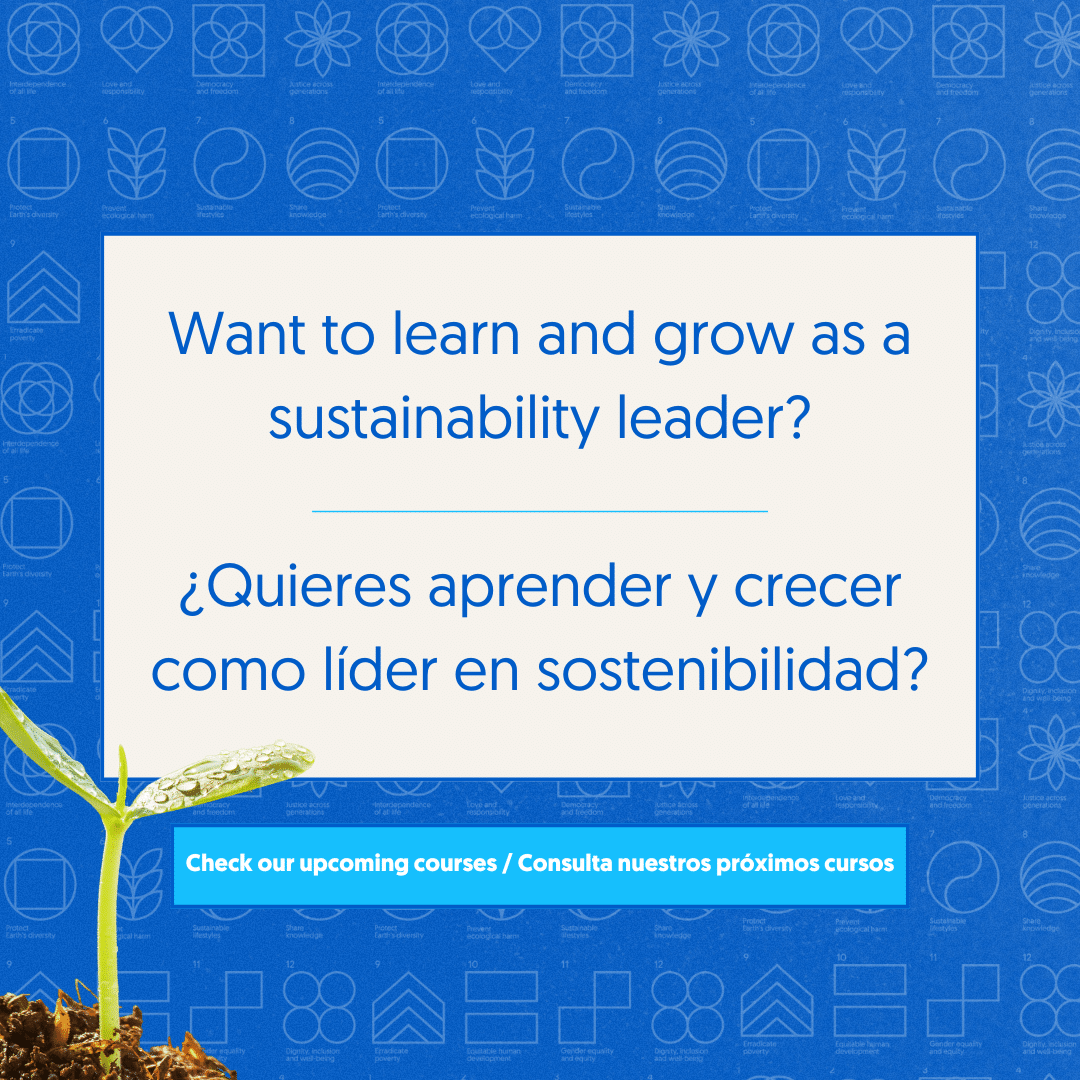By Deeksha Aggarwal, Lawyer, International Law and Human Rights
Introduction
The Summit of the Future is a once in a generation opportunity which is being held on the 22nd and 23rd September 2024, in New York, USA, to enhance cooperation, address gaps in global governance, reaffirm existing commitments such as the Sustainable Development Goals and the United Nations Charter, and move towards impacting peoples’ lives positively, with contributions from the Member States, Observer States, civil societies and especially the youth. Earth Charter International has been long advocating along the same lines with its key principles for a common vision for a sustainable, just and peaceful world, which is further visible in all the working documents of the Summit. The Summit is in itself a response to a call by the UN-SG from Member States for ideas on how to better the response to current and future challenges. The Summit is a timely initiative by the UN, especially at a time when we are half way through achieving the SDG 2030 Agendas while “only seventeen percent of the SDG targets are on track, nearly half are showing minimal or moderate progress, and progress on over one third has stalled or even regressed” as mentioned in The Sustainable Development Goals Report 2024.
The Summit for Future
The Summit was proposed by the UN-SG in the ‘Our Common Agenda’ report where twelve commitments were proposed from the declaration on the commemoration of the seventy-fifth anniversary of the United Nations. These commitments were – leave no one behind; protect our planet; promote peace and prevent conflicts; abide by international law and ensure justice; place women and girls at the centre; build trust; improve digital cooperation; upgrade the UN; ensure sustainable financing; boost partnerships; listen to and work with youth; and be prepared. On the basis of this report, on 8th September 2022, Modalities for the Summit of the Future were decided. It was also decided that there would be preparatory ministerial meeting where ‘A Pact for the Future’ would be agreed in advance by consensus through intergovernmental negotiations. The ‘Pact for the Future’ will be adopted in the Summit of the Future. It is being suggested that the result would be an international system that is better prepared to manage the challenges that are being faced now and for the future, for the sake of humanity and for future generations.


The Pact for the Future
There are a few key aspects to the ‘Pact of the Future’ upon which progress on the implementation of the actions will be reviewed – area of sustainable development and financing for development; area of international peace and security; areas of science, technology and innovation and digital cooperation; for youth and future generations; and to transform global governance. The ‘Pact for the Future’ has further annexes ‘Global Digital Compact’ and ‘Declaration on Future generations’ which will be adopted along with the Pact. The Actions are curated with a view of strengthening multilateralism, inclusivity in decision making, commitment to the SDGs, climate action, protection of human rights, gender equality empowerment, conflict prevention and resolution, strengthening international law, promoting inclusive economies, sustainable finance mechanisms, harnessing technology for good, ethical guidelines for emerging technologies, building resilience to crises, social protection systems, promoting shared values and education for global citizenship.
The Pact goes into the details of how to protect the needs and interests of present and future generations through the actions agreed upon. The Pact recognises the “well-being of current and future generations and the sustainability of the planet rests on the willingness of the people to take action”, as mentioned in paragraph 14 of the ‘Pact for the Future: Rev.2’. There is an ambitious vision for addressing the global challenges, in a holistic approach with the recognition that the issues of the present and future, are somehow interconnected and need integrated solutions. However, these solutions, while they seem to still be vague by not specifying clear action plans or measurable targets. It also seems to be forgetting a key stakeholder in the mix – The Indigenous communities. With the concept of ‘leaving no one behind’ it is also important to recognise the uniqueness of the Indigenous communities and their traditional practices/ knowledge require to be respected. The Pact could also encourage bottom-up approaches or systematic changes by bringing mechanisms for certain basic grass-root problems such as ‘low-carbon economy’, ‘reduction of child poverty’. Action 54 for example talks about the development of framework on measures of progress on sustainable development to go beyond Gross Domestic Product (GDP) by initiating a high-level expert group and a UN led intergovernmental process. This has to take in account the statistical commission, building on the Global Indicators Framework for SDGs and targets of the 2030 Agenda. This is more of a top-down approach, and even though “other relevant stakeholders” such as civil societies are to be consulted, the final vote is still with the Member States.
A significant part of the Pact are its annexes. The ‘Declaration on Future Generations – Revision 3’ reaffirms the commitments to the UN Charter, Universal Declaration of Human Rights, 2030 Agenda for Sustainable development and other international obligations for the future generations. The Declaration calls for strengthening cooperation among the States to leave a better future for generations to come through its guiding principles. Paragraph 15 talks about intergenerational solidarity, intergenerational dialogue and social cohesion and how the role of families as contributors to sustainable development must be recognised. This however requires a change in the narrative of the masses which cannot be done with a global scope. It has to indulge the communities more, to the extreme of how every family unit functions in a State. It seems that the declaration draft does not account for diverse local contexts, which thus make it harder to achieve. While this declaration is rightfully acknowledging that we must be learning from our past achievements and failures and their consequences, to ensure a more sustainable, just and equitable world for present and future generations and how the past, present and future are interconnected, it fails to recognise the gap between the present developed-developing-underdeveloped countries and the future developed-developing-underdeveloped countries. It also fails to take into account that the values, traditions and education which is being transmitted to the future generations is going to shape the future developed-developing- underdeveloped countries. However, the declaration is still in a draft stage as the silence was broken by Member States, post the placement of silence procedure on 16th August 2024.
Earth Charter and the Pact
As it can be seen that there is an emphasis on the need for strengthened multilateralism, inclusive decision making and global cooperation in the ‘Pact for the Future’ which aligns with the ECI’s call for unity and solidarity. In fact, the Pact reaffirms the commitment to the SDGs and prioritises climate action and environmental sustainability, echoing the ECI’s focus on ecological civilisation and sustainability. While the ECI stresses the importance of social and economic justice, human rights and respect for diversity by advocating for the protection and fulfilment of human rights for all people, the Pact takes a step further by quantifying the progress in the actions listed. The Pact and the ECI are in harmony with each other by focusing on conflict prevention and resolution and promotion of non-violence, respect for diversity and global peace-building efforts.

It is further interesting to see how synchronised the principles of ECI are with the Pact of the Future as both advocate for inclusive economic growth, sustainable finance and reducing inequalities. Even the responsible use of technology, precautionary approach to environmental and social challenges while having resilience in the face of natural disasters are aspects in which it seems that the Pact for the Future is a guide to ‘how to achieve the ECI principles’.
It is pertinent to mention that despite of so many synchronies/ similarities there are issues such as attention to the rights of Indigenous peoples, encouragement of youth leaders, promotion of ecological sustainability, promotion of culture of tolerance, transmission of correct education for the future generations and treating all living beings with respect and consideration, are still not pondered upon in great depth and are thus not added to the Pact of the Future. The Earth Charter provides these principles with the understanding that it is to become a universal responsibility to have human solidarity and kinship along with a sustainable way of life as a common standard to fix the issue of lack of implementation mechanisms in the Pact for the Future. The Earth Charter can significantly enhance the Pact of the Future further by bringing in the principles of systemic thinking, equity, public engagement and intergenerational justice. Both the documents share a commitment to creating a more peaceful and sustainable world, whereas the Pact offers a more structured framework for implementing the ethical principles outlined in the Earth Charter. Together, they provide a comprehensive roadmap for addressing the challenges that are being faced globally.
For more information:







